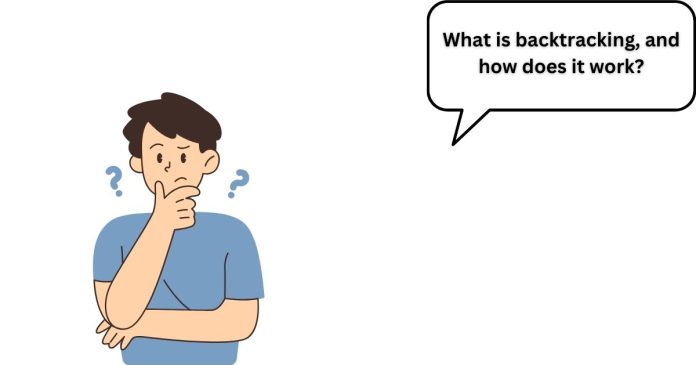Backtracking is a problem-solving technique that involves exploring all possible solutions incrementally and abandoning a solution as soon as it is determined to be invalid or unfeasible. It is often used in solving constraint-based problems, such as puzzles, combinations, and optimization tasks.
How It Works:
Start by making a choice.
Explore further by making additional choices based on the current state.
If a solution is invalid or leads to a dead end, backtrack to the previous step and try a different choice.
Repeat until all possibilities are explored or a valid solution is found.
Common Applications:
Solving mazes.
Generating permutations and combinations.
Solving puzzles like Sudoku or N-Queens.
Finding paths in graphs.
Backtracking is systematic and ensures that no potential solution is overlooked, but it can be resource-intensive for large problem spaces.


